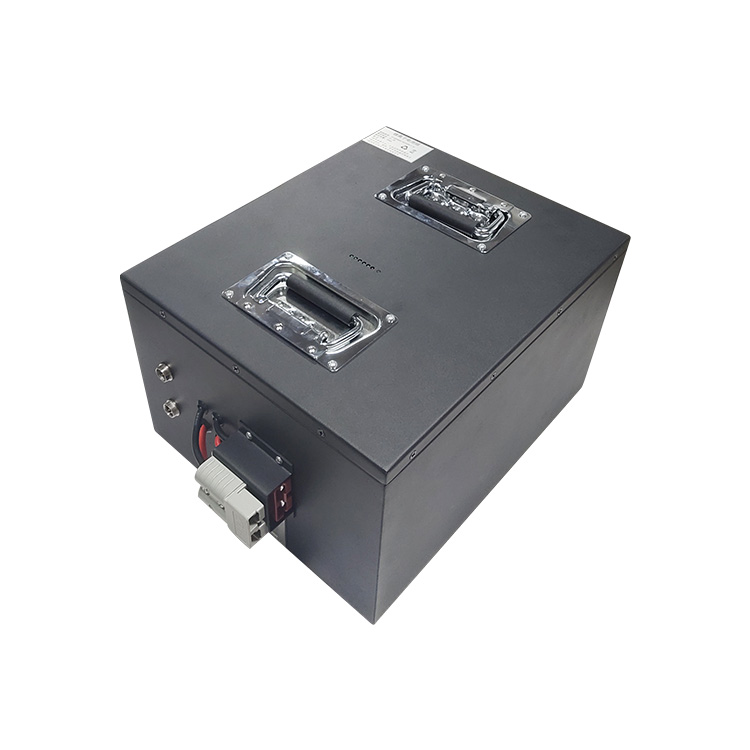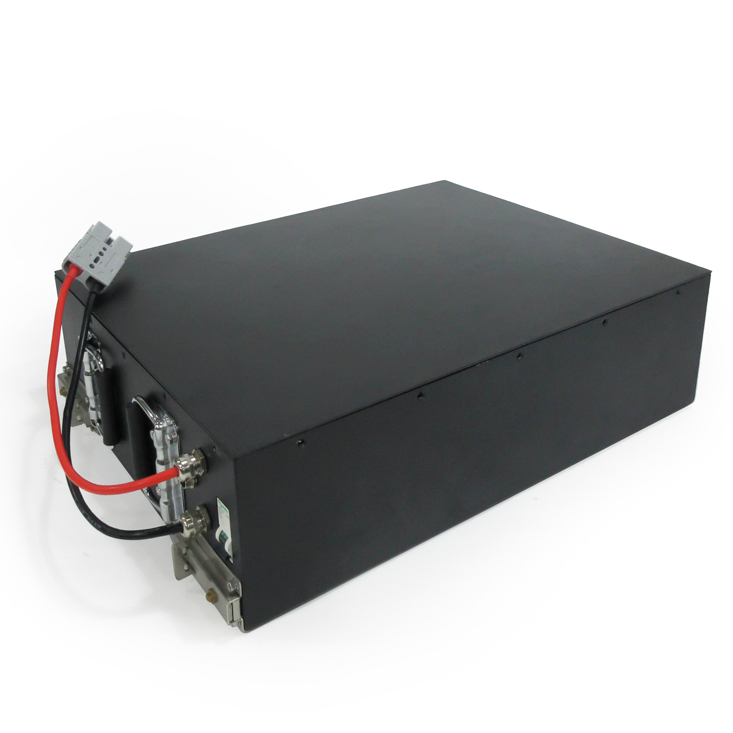Differences in Thermal Management of Bms Batteries
The rapid development of electric vehicles and energy storage systems, battery Management System ( BMS) is becoming increasingly important. In BMS, battery thermal management is a crucial part. It can effectively control the temperature of battery pack, prolong battery life and improve battery performance and safety. In the field of battery thermal management, centralized, distributed, and semi-centralized are three common architectural methods. This article will discuss the differences between these three battery thermal management architectures, their respective characteristics and applicable scenarios.
I. Centralized battery thermal management
centralized battery thermal management architecture refers to the single central controller responsible for the heat pipe reason of the entire battery pack. In this architecture, all thermal management devices such as temperature sensors, cooling fan, and heaters are uniformly scheduled and controlled by the central controller. The advantage of centralized battery thermal management is that the system design is relatively simple, easy to maintain and manage, and the cost is relatively low. However, it also has the disadvantages of high risk of single point failure, poor flexibility and limited system scalability.
II. Distributed battery thermal management
distributed battery thermal management architecture means that the thermal management of battery pack is distributed to each subsystem for independent control. Each battery module or battery pack is equipped with its own temperature sensor and thermal management equipment, which is independently controlled by its own controller. The advantages of distributed battery thermal management are high system stability, strong fault tolerance, good flexibility and scalability. However, it also has challenges such as high system complexity, high cost and high coordination requirements for various subsystems.
III. Semi-centralized battery thermal management
semi-centralized battery thermal management architecture is a compromise between centralized and distributed, which integrates some thermal management functions into the central controller, another part of the thermal management function is distributed to each subsystem for independent control. This architecture takes into account the advantages of centralized and distributed architecture. It not only retains the simplicity and cost-effectiveness of centralized architecture, but also has the stability and flexibility of distributed architecture. Semi-centralized battery thermal management is characterized by flexible allocation of thermal management resources according to actual needs, while reducing the risk of single point of failure.
IV. Applicable scenarios and development trends
in practical applications, different electric vehicles and energy storage systems may choose different battery thermal management architectures to meet their specific requirements and performance requirements. With the continuous development and maturity of technology, the thermal management of BMS battery is also constantly innovating and progressing. In the future, with the improvement of the requirements for the mileage and charging efficiency of electric vehicles, battery thermal management will pay more attention to flexibility, intelligence and efficiency, which will also promote the battery thermal management architecture to be more advanced, the direction of intelligent development.
In terms of overall structural design, different architectural methods of BMS battery thermal management will continue to be optimized in terms of simplification, intelligence and reliability, in order to meet the higher requirements of future electric vehicles and energy storage systems for battery thermal management, and provide more reliable and efficient support for the development of electric vehicles and energy storage systems.
 Dongguan Juneng New Energy Technology Co., Ltd.
Dongguan Juneng New Energy Technology Co., Ltd.
 137 5142 6524(Miss Gao)
137 5142 6524(Miss Gao)
 susiegao@power-ing.com
susiegao@power-ing.com
 Xinghuiyuan High tech Industrial Park, Dalang Town, Dongguan City, Guangdong Province
Xinghuiyuan High tech Industrial Park, Dalang Town, Dongguan City, Guangdong Province













 Yue Gong Wang An Bei No. 4419002007491
Yue Gong Wang An Bei No. 4419002007491